Deoksugung Palace: The Most Unique Palace In Seoul
Last Updated on April 2, 2025
Deoksugung Palace in Seoul, Korea is the smallest of the five palaces in the capital but that doesn’t mean it shouldn’t be visited. It’s the most unique palace with various architectural styles and is the only palace to feature a western style garden, fountain and building. Deoksugung Palace means ‘palace of virtue and longevity’ and it is a beautiful palace to visit in downtown Seoul.
If you’re in downtown Seoul, it’s easy to visit sitting centrally located and right next to a subway station. It’s a where to see a changing of the guard ceremony if that’s what you’re looking for as so many often are.
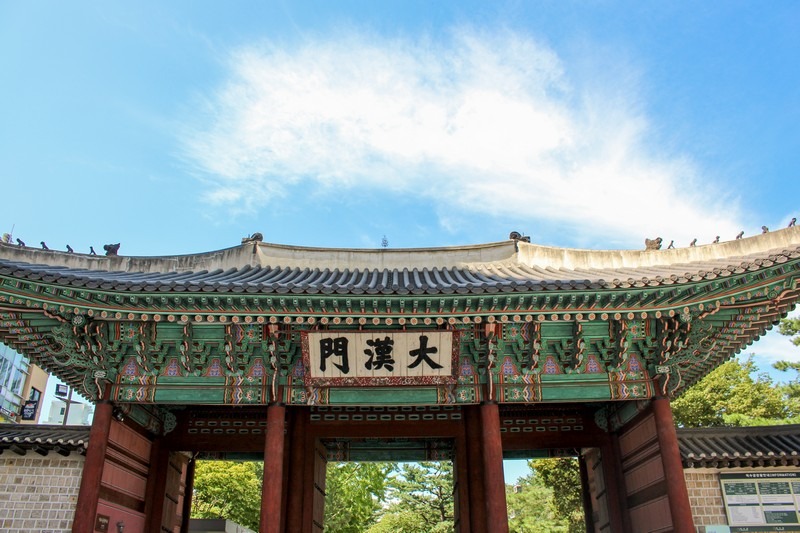
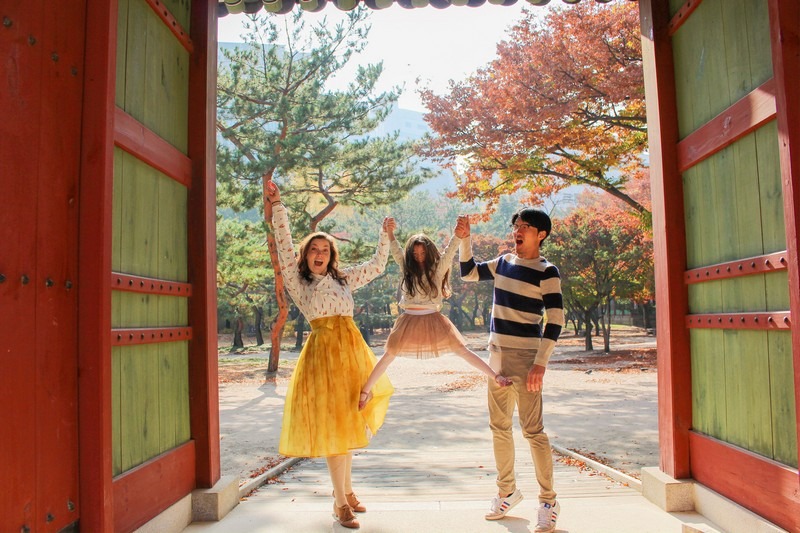
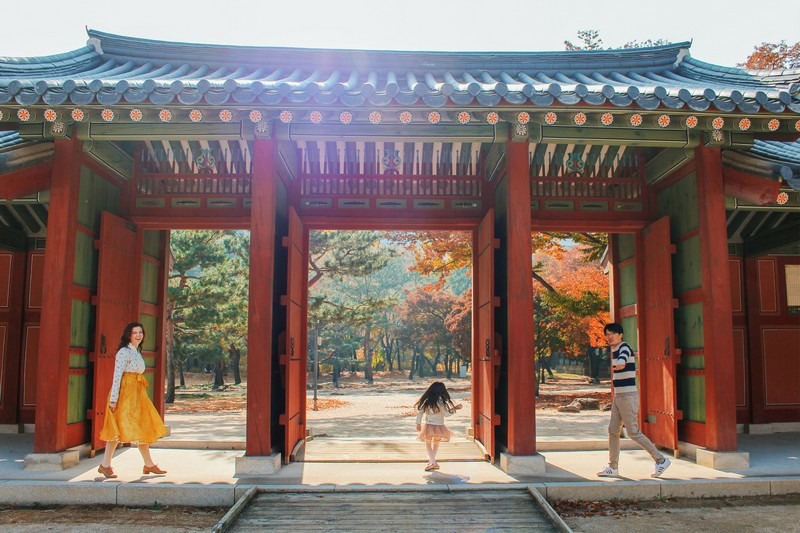
Looking for some specific information? Skip around:
- How To Get To Deoksugung Palace
- Deoksugung Palace Basic Info
- Deoksugung History & What You’ll See
- Tour Options That Include Deoksugung Palace
- Where to See Deoksugung Palace From Above
- What’s Nearby
- The Other Four Main Palaces
(This post contains affiliate links, which means I receive a certain percentage of a sale if you purchase after clicking at no cost to you. Thank you for your support.)
How To Get To Deoksugung Palace
Address: 99 Sejong-daero, Jung-gu, Seoul (서울특별시 중구 세종대로 99 (정동))
By Subway: City Hall Subway Station, exit 2. Walk straight to the palace entrance.
Hop On/ Hop Off Bus: If you’ll be traveling via the Seoul City Hop On/Hop Off Bus, know that it also stops here. You can buy the ticket for this bus here. And to get more information about the bus, here is a guide to the Hop On/ Hop Off Bus In Seoul.
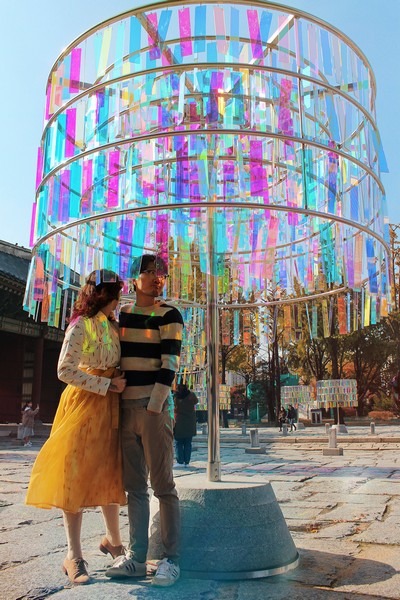
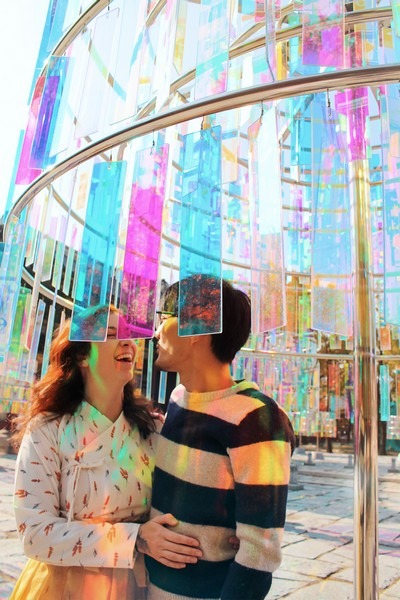
Deoksugung Palace Basic Info
Hours: 9:00am ~ 9:00pm (CLOSED MONDAYS)
Changing Of The Royal Guards Ceremony: 11:00am, 2:00pm, 3:30pm
Private Tour Guide: You can hire your own private tour guide that will take you to this palace, here.
Free Guided Tours:
English: Tuesday – Sunday: 10:30am & 1:30pm
Chinese: Tuesday – Friday: 10:00am & 2:30pm; Saturdays 10:00am
Japanese: Tuesday – Sunday: 9:30am & 4:00pm
Admission: Adults: W1,000; Children 7-18: W500; Children under 7, Seniors, and visitors wearing a Hanbok are FREE. Entrance is FREE on the Culture Day which is the last Wednesday of the month.
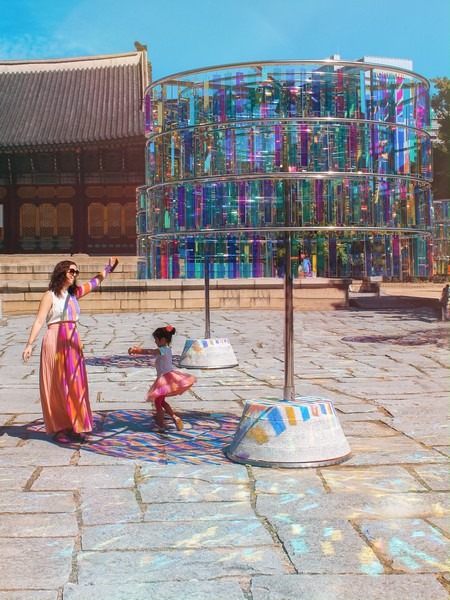
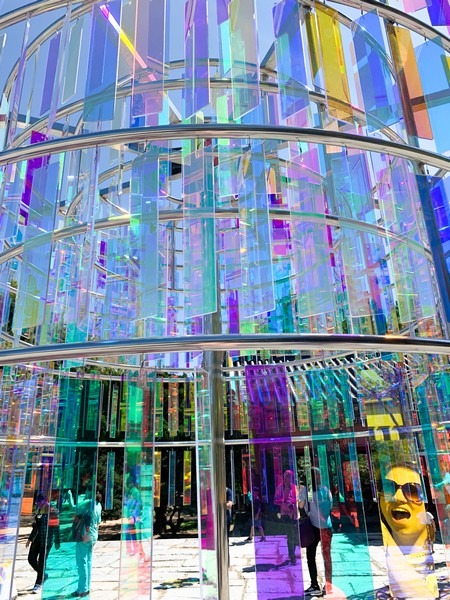
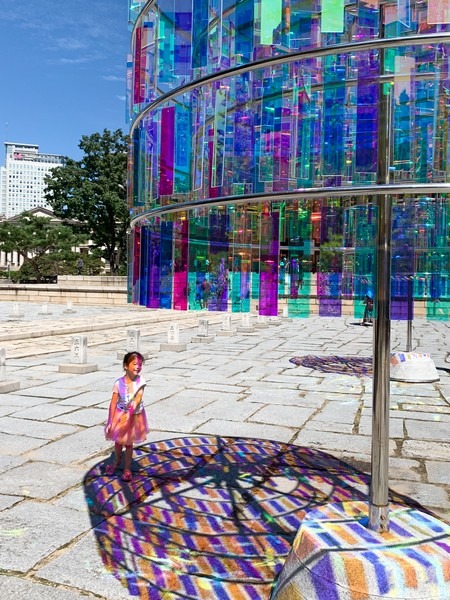
History
Deoksugung Palace is just down the road from the most popular palace in the city, Gyeongbukgung Palace, and just across the street from the gorgeous new City Hall Building. Deoksugung, formerly named Jeongneungdong and Gyeongungung, was first used by Prince Wolsan and King Seonjo, the 14th king of the Joseon Dynasty, when he was in exile during the Japanese Invasion of Korea in 1592. They resided in the palace temporarily after returning to the capital after the withdrawal of Japanese forces in 1593.
The original palace stretched from where it sits now to the plaza in front of City Hall, which means it was about three times the size it is today. The palace was as traditional as the others in Seoul until King Gojong, who was open to western culture, had the western style buildings built and equipped them with electric lights and telephones. King Gojong was forced to hand the throne over to his son who became Emperor Sunjong in 1907.
The new emperor moved into Changdeok Palace and bestowed the title of Deoksu (virtue and long life) on his father. The former king remained at Deoksugung Palace until his death in 1919.
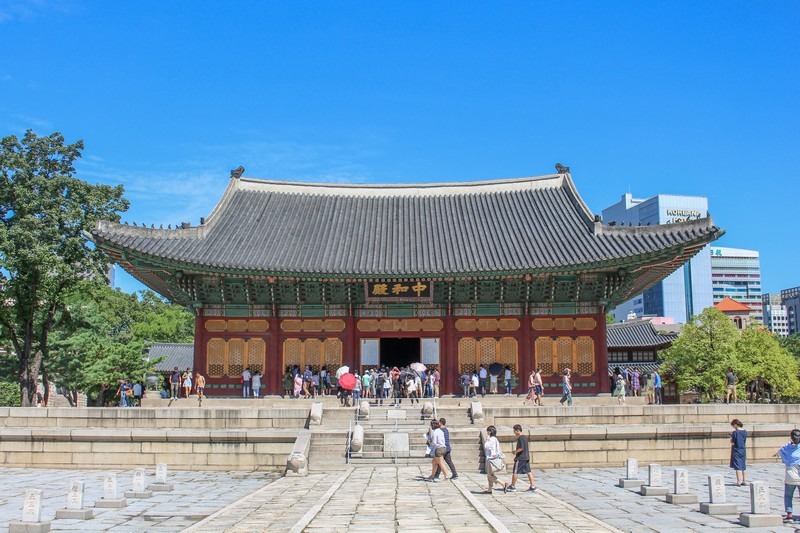
This palace is quite popular with visitors due to the changing of the guard ceremony which takes plus multiple times a day. Though the entrance isn’t as large as Gyeongbokgung’s, it means you’ll be just a bit closer to watch the ceremonies. Enter through Daehanmun Gate, the main gate of the palace (the first picture in this post). The original main gate was Inhwamun but was switched to the east gate after Wongudan Altar was built.
Walk across a small bridge to find Junghwajeon Hall which was the main throne hall of the palace. The hall was built in 1902 and originally featured a two tiered roof. After being damaged in a fire, it was rebuilt with a single level roof in 1904. The building was given gold window frames and a dragon engraved on the stone staircase that leads to the hall symbolizing dignity for the new empire. It’s beautiful as all of the main halls are and stands majestically looking over the entire courtyard.
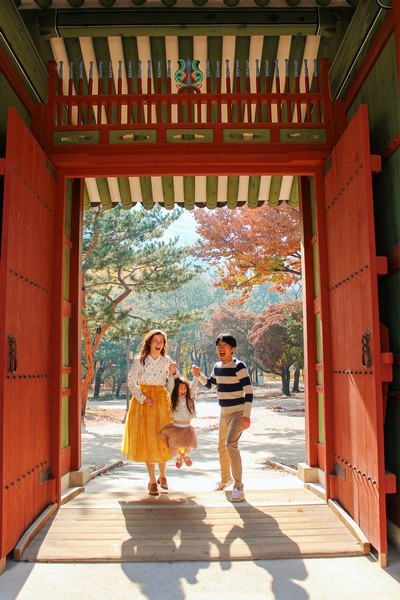

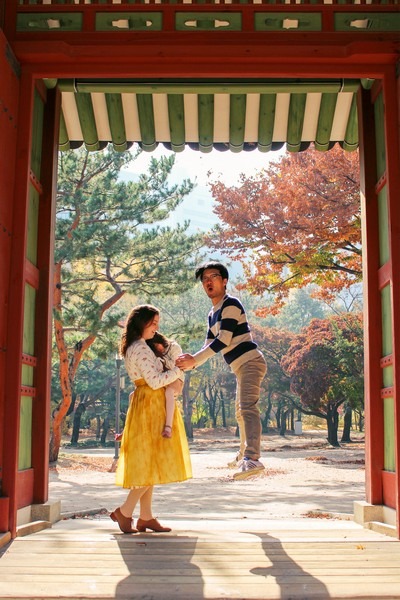
Walk into the main palace and visit Hamnyeongjeon Hall, which was the sleeping residence for King Gojong after he moved to Deoksugung Palace from the Russian Legation in 1897. One interesting thing to note about this palace is that there is no Queen’s chamber and this is because King Gojong never remarried after the death of Empress Myeongseong. King Gojong ultimately died here at the age of 66 in 1919. After his death, many of the buildings on the grounds were quickly demolished and replaced with ponds and trails after his death in an unfortunate choice of history.
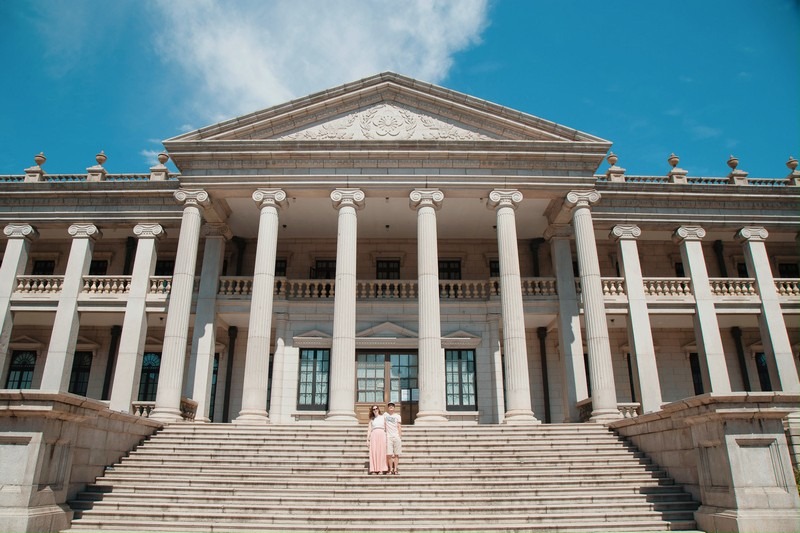
One of the more interesting buildings on the grounds to me, is Jeonggwanheon Pavilion which was used as a banquet hall for foreign visitors. The building was constructed in 1900 by A.I. Sabatin, a Russian architect.
Bringing in yet another architectural style is Seokjojeon Hall which was built in 1910. It is 19th century neoclassical in style and features some long colonnades and a triangular roof. It’s really quite strikingly different from most of the buildings on Korean palace grounds. While Changdeokgung Palace is well known for its secret garden and Changgyeonggung Palace has a beautiful pond and greenhouse, this palace is well known for having a unique collection of architectural styles which can easily be seen through this building. The building once housed a reception hall, bedrooms, and a dining hall, but today, the building is home to the Daehan Empire History Museum.
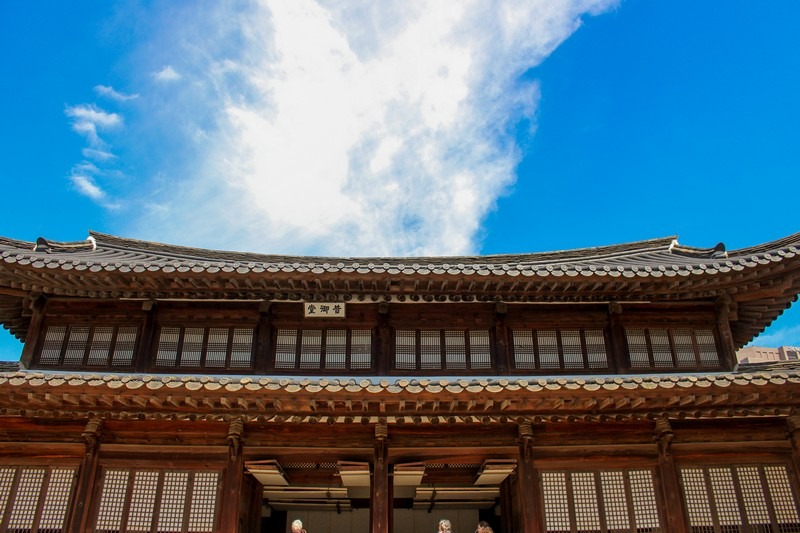
The Jeukjodang Hall is where King Gwanghaegun and King Injo were crowned kings in 1608 and 1623 respectively. The name of the hall means “house where kings ascended their throne”. Another really interesting hall on the grounds is the plain looking Seogeodang Hall. While the other halls are painted like those of the other palaces, this one has been kept more rustic and is where King Seonjo lived and died. The building is similar to houses of the time in the late 1500s.
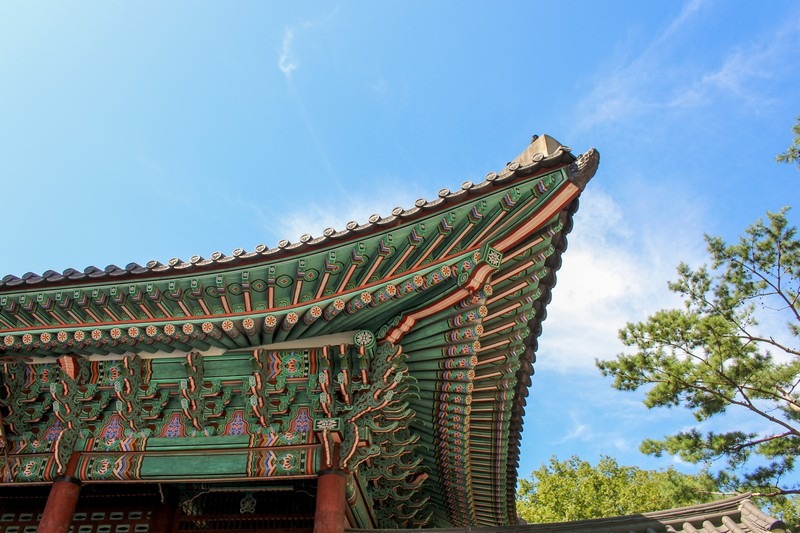
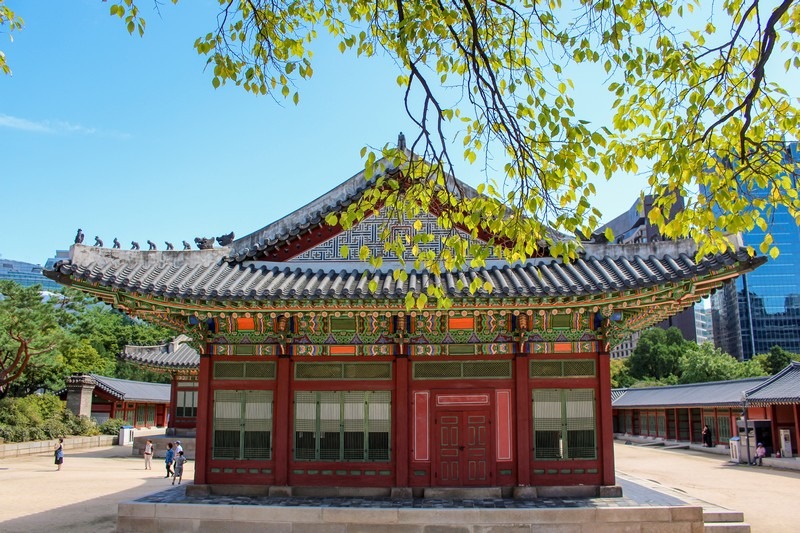
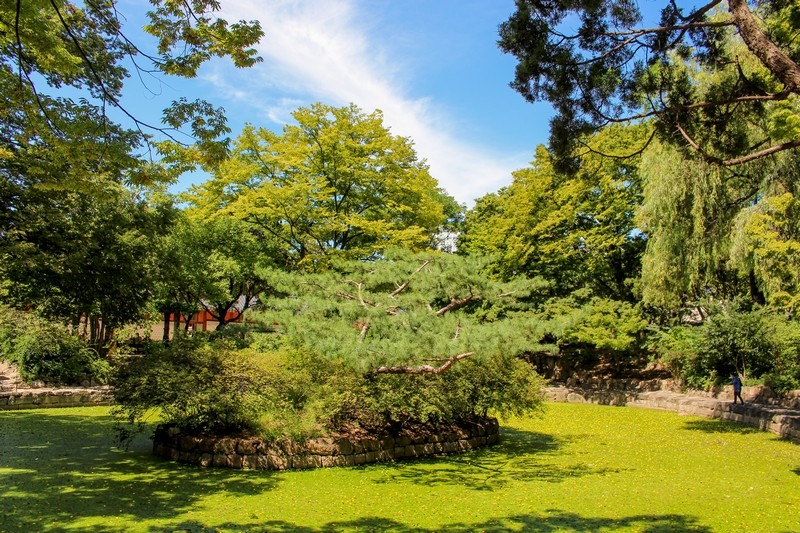
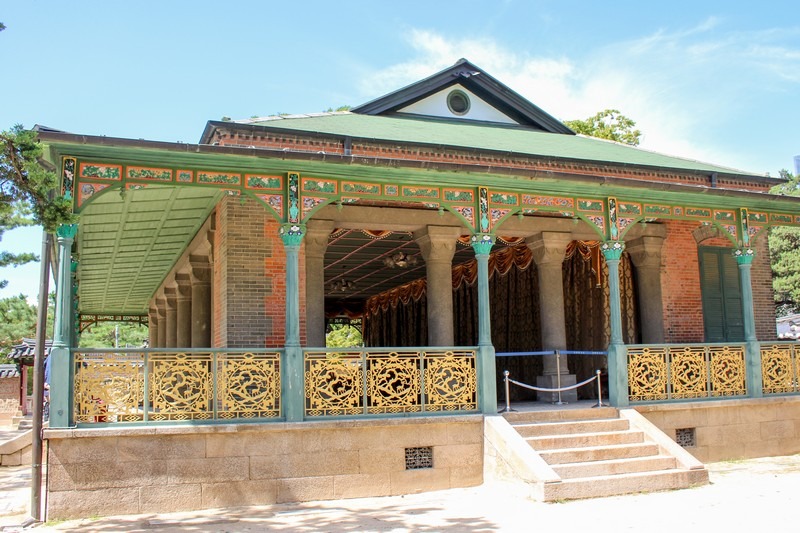
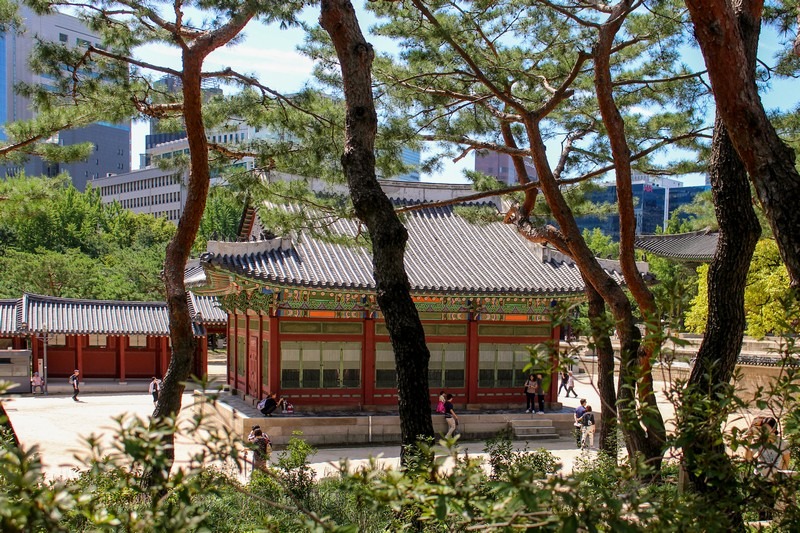
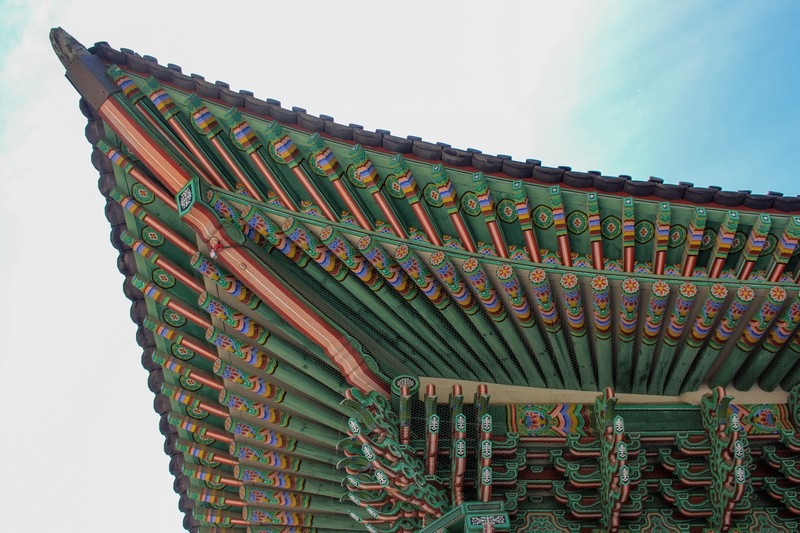
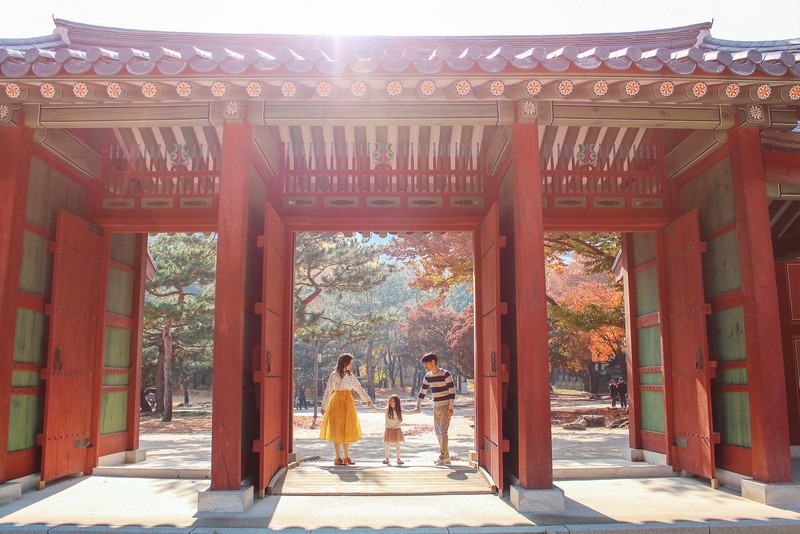
Where to See Deoksugung Palace From Above
PRO TIP: Don’t miss a gorgeous view of Deoksugung Palace from the Jeongdong Observatory & Cafe Darak on the 13th floor of nearby Seoul City Hall Seosomun. The building is an office building so when you go in, there are some elevators that require a key card to get through. Not to worry, when guards spot your bewildered tourist face, they’ll usher you to the right spot. They know exactly what you’re after.
The observatory view is technically free though the owners would obviously love if you purchased a drink. There’s aren’t a ton of seats though so if there aren’t any, take in the view and then leave.
- Cafe Darak Address: 13th floor, 15 Deoksugung-gil, Jung-gu, Seoul (서울특별시 중구 덕수궁길 15 (서소문동) 서울시 서소문청사 1동 13층)
- Cafe Hours: 9:00am ~ 6:00pm
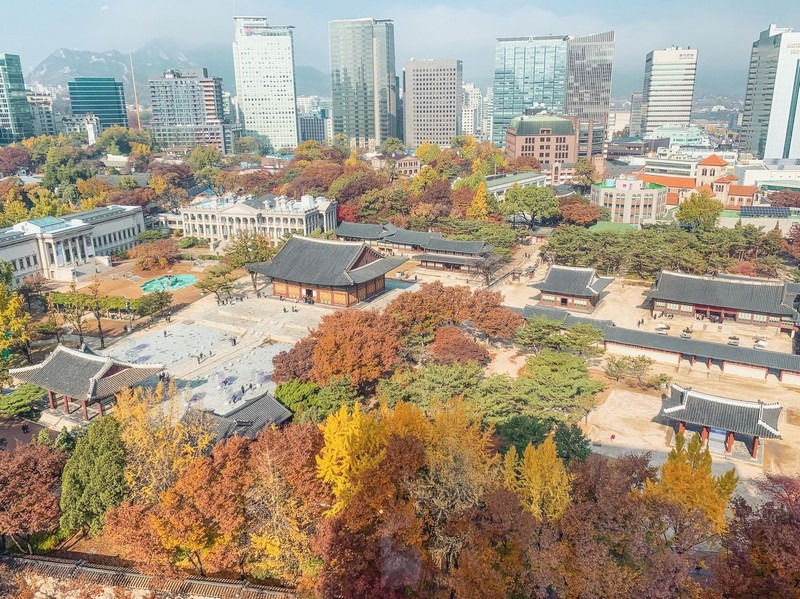
What’s Nearby
Deoksugung Palace is situated in downtown Seoul near the beautiful Seoul City Hall building and there are a few different things to see in the area. Don’t miss:
- A visit to the library which is located in the old City Hall building just across the street. You can visit the rooftop of this building and get a great view out over Gwanghwamun Square and all the way down to Gyeongbokgung Palace.
- Myeongdong Shopping District. There is more than meets the eye in this area and you can easily walk there from Deoksugung Palace.
- Seosomun Historic Park: This architectural wonder is just up the road and is really an eye catching museum that has an interesting story to tell.
- Sungnyemun Gate: One of the easiest of the 8 historic gates to visit, this is right down the road and gives a glimpse into Seoul’s past. Learn about the Seoul Fortress Wall and why it was built.
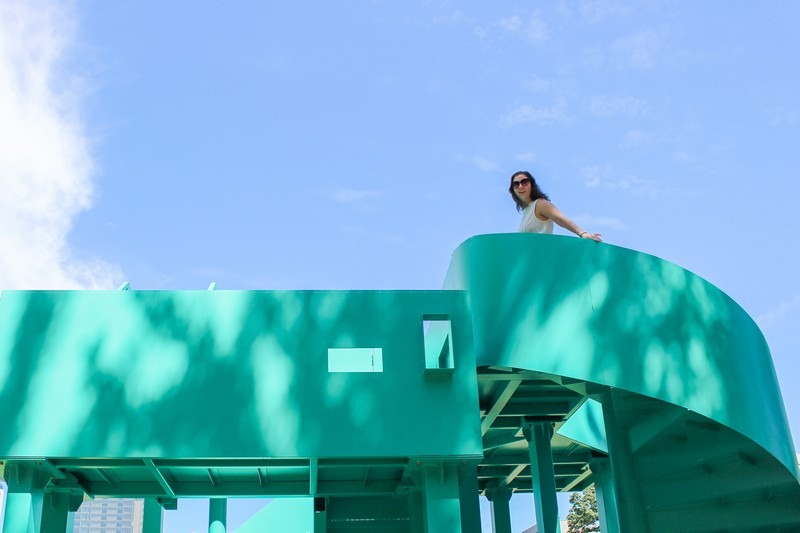
As mentioned before, Deoksugung Palace is one of five palaces in the city of Seoul, Korea and is a popular stop for tourists because it’s just across the street from City Hall and right downtown. There is a changing of the guard ceremony that people watch daily and a mixture of Joseon era and modern elements in this palace.
Like the other palaces, there are cherry blossoms trees in the spring and beautiful foliage in the autumn. It’s never a bad time to visit.
The other four main palaces are:
- Gyeongbokgung Palace is the largest of the five palaces and the most popular with tourists. There is a lot to see on the grounds of this beautiful palace and hours can be spent here. It’s popular for a reason. Check it out if there’s time.
- Changdeokgung Palace: Changdeokgung Palace is known for having the Secret Garden that is said to be beautiful in every season. This palace only offers viewing on a tour that you have to reserve when you arrive and English guides are only at specific times. The palace is beautiful and having a guide explain the architecture is a great highlight.
- Changgyeonggung Palace: One of the most overlooked palaces of them all, this palace has a substantial park and features a Japanese colonization era greenhouse that is quite stunning. The palace is beautiful and you can often walk the grounds all on your own.
- Gyeonghuigung Palace: This palace, also free and a great stop if you want a bit more privacy while palace viewing, is another palace that is often overlooked but is great if you just want to peruse the architecture quickly and easily on your own.
- Unhyeonggung Royal Residence: This smaller residence is a bit different from the others in that none of the buildings have been painted in the colorful reds and greens of the other palaces but technically it’s not a palace. Quite a bit smaller, but FREE to enter, this stop is a bit more rustic, easy to get to and has some of the cheapest options for Hanbok rental in the area.
Did you like this post? Pin It!
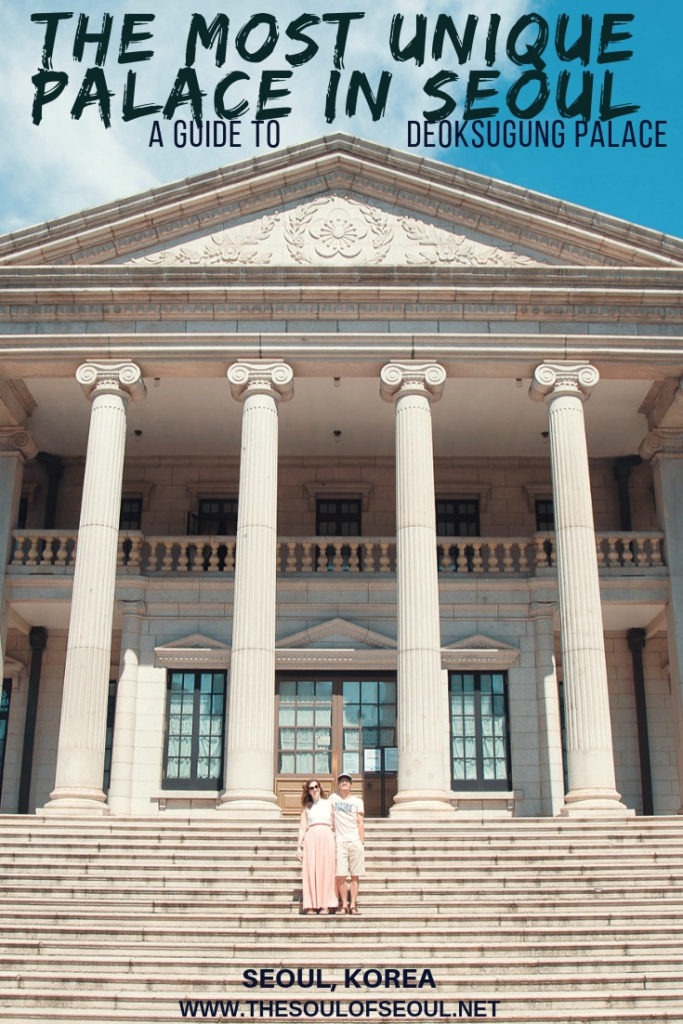
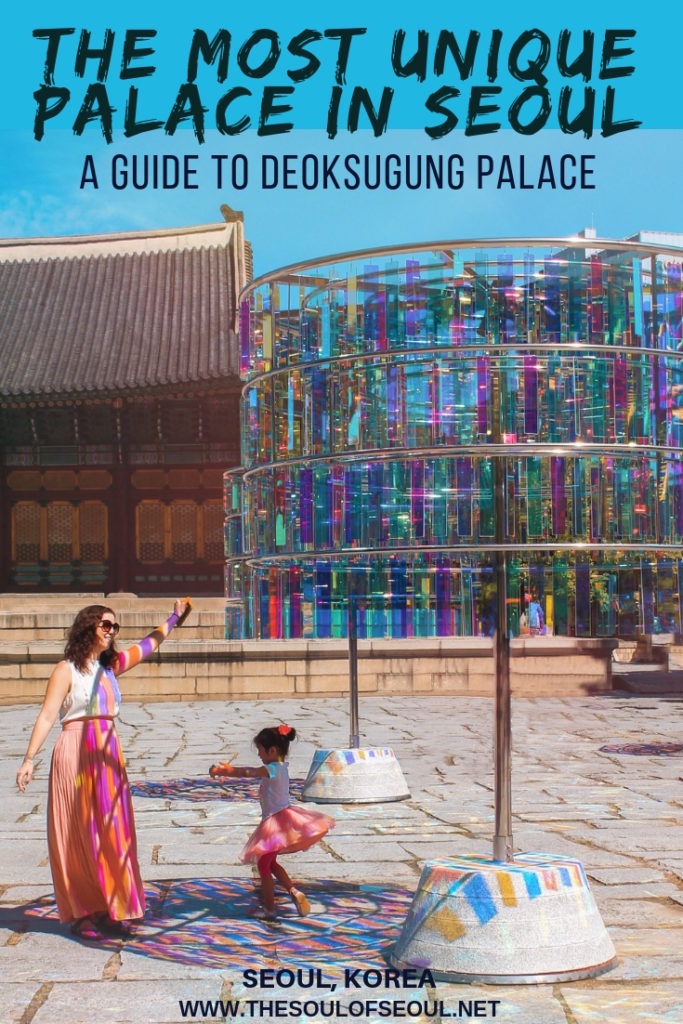
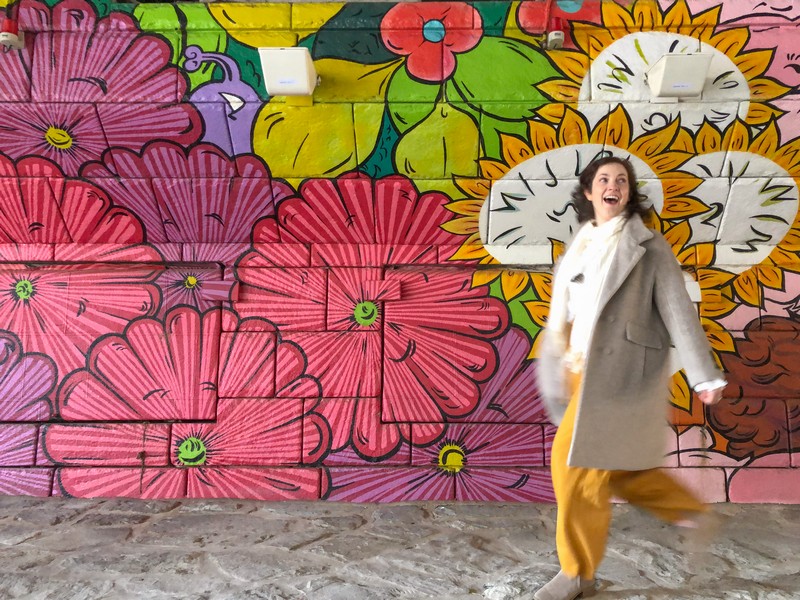
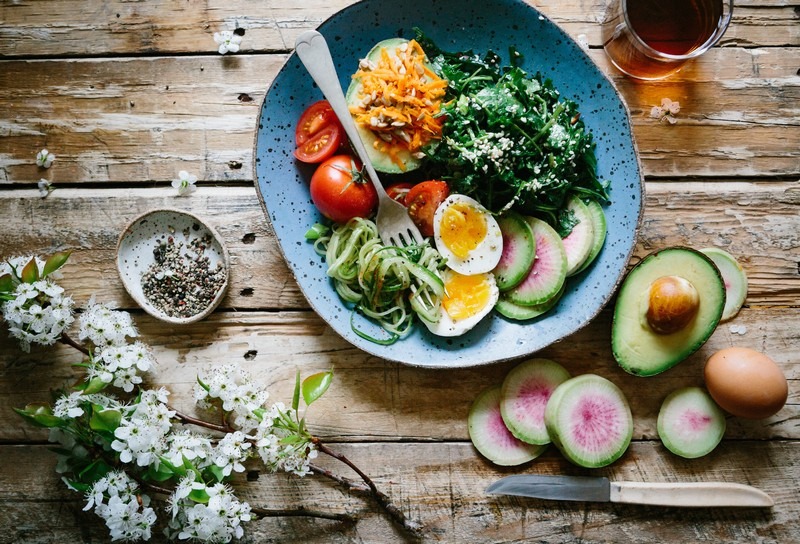
One Comment
Julie Devin
Love your website! I’m working and living here in the Peongtaek area